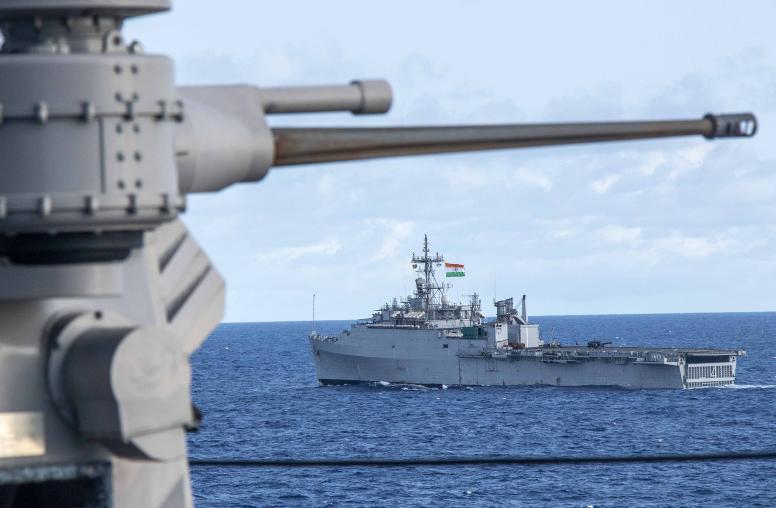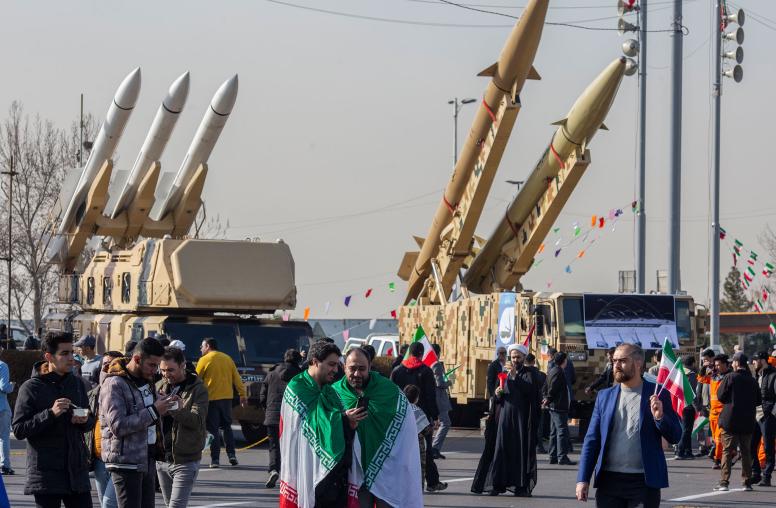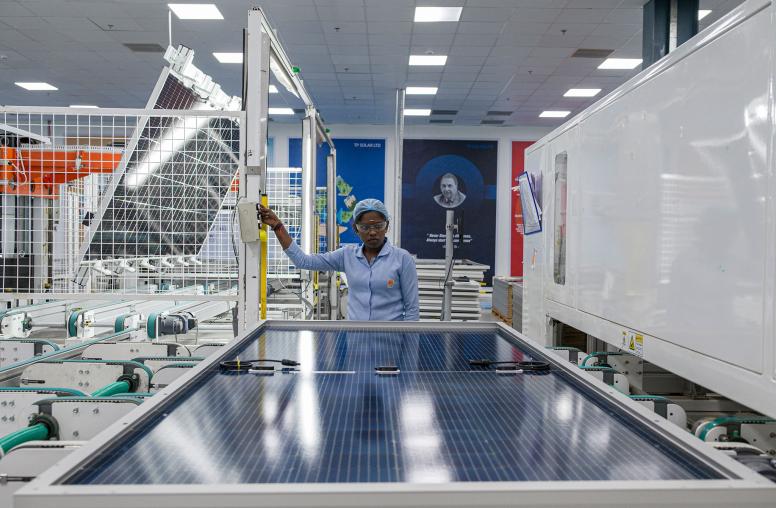This year’s U.N. General Assembly came amid a host of interconnected global challenges, like the war in Ukraine, global food insecurity and climate change. Indeed, the theme of the General Assembly was to find “transformative solutions to interlocking challenges.” As the world’s premier multilateral body, the United Nations’ recognition of the interconnected nature of today’s vexing challenges is vital to building consensus and devising solutions. But regional multilateral bodies — like the African Union (AU) or the Association of Southeast Asian Nations (ASEAN) — also have a key role to play. Despite regional organizations’ shortcomings, their member countries are bound together by geography and similar challenges and therefore more likely to find more common ground than the 193 countries in the United Nations.

Amid intensifying strategic rivalry between the United States, Russia and China, regional actors can mobilize for more effective action to prevent or resolve violent conflict even when great powers are not aligned. Peacebuilding organizations — with their local, regional and, in some cases, global reach — are well positioned to partner with regional multilateral institutions in tackling regional and local problems. They have local networks and familiarity with the local contexts in which they work. In today’s complex, interdependent world, how can peacebuilding organizations work effectively with regional organizations to build peace and stability?
Regional Institutions Take on the Big Challenges
Regional multilateral institutions are instrumental in shaping the ways in which states respond to crises like climate change and violence. The response to the COVID pandemic serves as a particularly poignant example. In collaboration and coordination with the World Health Organization, ASEAN and the AU mobilized to create a cohesive plan and strategy to combat the virus. Similarly, the climate crisis — and its compounding effects on wide-ranging issues like migration and conflict — has been a key area where the buy-in of regional multilateral actors has been critical. As the 2022 United Nations Climate Change Conference hosted by Egypt approaches, it is worth noting that this year witnessed the conference’s first regional climate week for the Middle East and North Africa.
Partnerships between peacebuilding organizations and regional multilateral actors are relatively new to the field of peacebuilding, but there are examples that show why more research into their collaboration is needed. For example, the West Africa Network for Peacebuilding (WANEP) — a network of local civil society actors — connects local partners and organizations to the Economic Community of West African States (ECOWAS) in order to enhance its efforts to respond early to conflict and violence. Peacebuilding organizations like Fund for Peace and USIP engage with regional multilateral organizations directly or through the civil society networks they build and maintain with local actors.
Can Peacebuilding Organizations Help?
Still, there is limited knowledge of how peacebuilding organizations can enhance regional bodies’ efforts to promote stability and prevent conflict. As such, USIP has commissioned a study examining the ways in which peacebuilding organizations engage with multilateral organizations. In partnership with Fund for Peace, this project aims to further explore the role of regional organizations in peacebuilding and the entry points they afford peacebuilding actors. In mid-2023, this research will result in recommendations for how peacebuilding organizations could most effectively collaborate with regional multilateral institutions based on their respective strengths.
Some of the key questions that will guide this project include:
- Do multilateral actors create openings for peacebuilding organizations and to what extent?
- What are the most common types of engagement that peacebuilding actors adopt? In other words, in what way could WANEP’s entry point into ECOWAS offer a model to other regions in Africa or beyond?
- Should peacebuilding organizations seek agreements that allow them to bring their expertise and well-developed methodologies to regional organizations?
- What drives peacebuilding actors to seek engagement with regional multilateral organizations?
- Does the level of engagement matter?
- How and when can peacebuilding organizations leverage their local advantages when considering regional multilateral actors?
- Where such regional engagement currently does not exist, can and should peacebuilding organizations invest “diplomatic” efforts to nurture those ties?
Ultimately, this research project can only answer some of the questions outlined above. Nonetheless, USIP’s study seeks to further explore these important and critical areas for a better understanding of how peacebuilding organizations play a role in the multilateral system, and how they can collaborate with regional bodies to build a more peaceful world.
Ignatius Onyekwere is a conflict sensitivity advisor and senior consultant for Fund for Peace.
Emily Sample is a program director at Fund for Peace.



